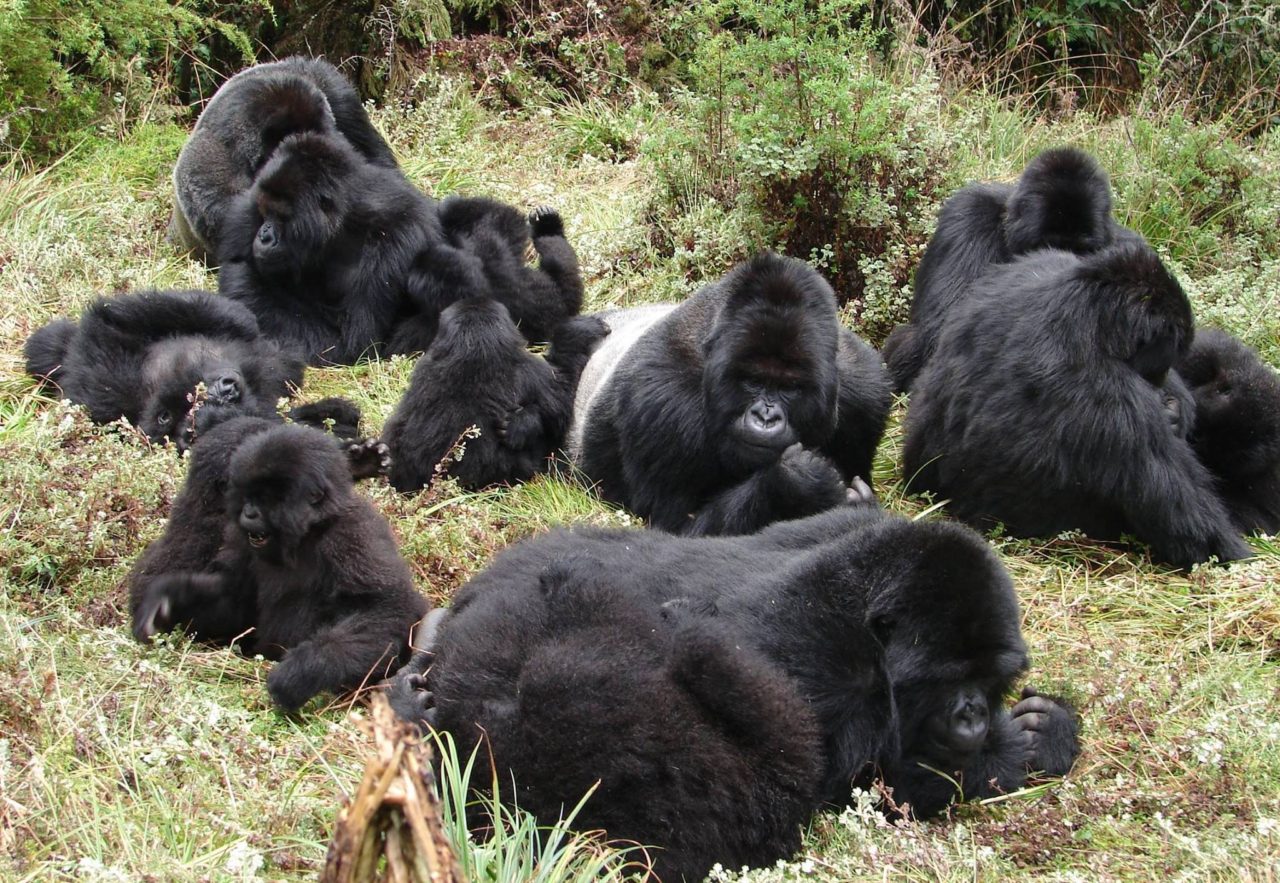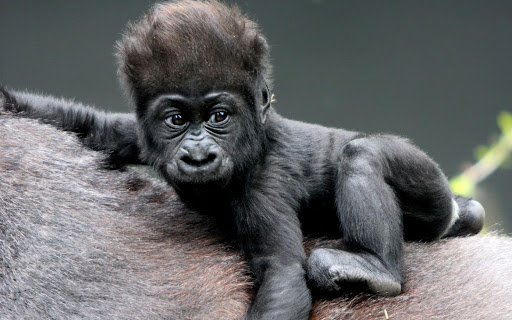Mountain Gorillas stay in the Virunga conservation area (Volcanoes National Park of Rwanda, Mgahinga National Park of Uganda, and Virunga National Park of the Democratic Republic of Congo) and in the Bwindi Impenetrable forest of Uganda.
Thank you for reading this post, don't forget to subscribe!Gorilla Habitats
Mountain Gorillas’ bio-diverse rainforested environment is stratified into specific vegetative zones based on altitude. Most of their time is spent near the base of the mountains, where vegetation grows more densely.
Lowland Gorillas live in montane, primary and secondary forests, and lowland swampland in central Africa in Angola, Cameroon, Central African Republic, Republic of the Congo, Democratic Republic of the Congo, Equatorial Guinea, and Gabon.
Categories of Gorillas
The lowland gorillas are divided into two subspecies namely; the western lowland Gorillas and Eastern-lowland Gorillas.
Mountain Gorillas possess thick fur which sustains their stay in a cold environment. This is evidenced by their stay in Mountainous areas and thick forests. Mountain gorillas are the highland version of the Eastern lowland gorillas. The Eastern lowland gorillas are only found in Kahuzi Biega national park in the Democratic Republic of Congo

Lowland Gorillas possess a jet-black skin along with coarse black hair which covers their full body except for the face, ears, hands, and feet. The same applies to Mountain Gorillas, and their fur covers the entire body apart from the face, ears, hands, and feet.
Similarities Between Lowland And Mountain Gorillas
Both lowland and mountain Gorillas exhibit a grey coloration which is also lost as they get older. This coloration is the reason why older males are known as “silverbacks”.
Both lowland and Mountain Gorillas spend most of their time on land but they can climb trees to eat fruits especially when the tree branches can hold their weight.
They also spend most of their time feeding and a large quantity of food is needed to sustain their huge berry. They keep on moving from areas of low food supply to areas with a plentiful supply of food which is why the ease or the difficulty of meeting Gorillas depends on their daily movements.
The group of gorillas is led by the mature male gorillas called the silverback and in case the group contains other males, they work under the instructions of the dominant male.
Both low and mountain Gorillas are capable of making tools out of local materials to get food easily. They build nests on daily basis from the tree branches which they leave early in the morning at around 6 am but can overstay a bit when there is early morning rain.

